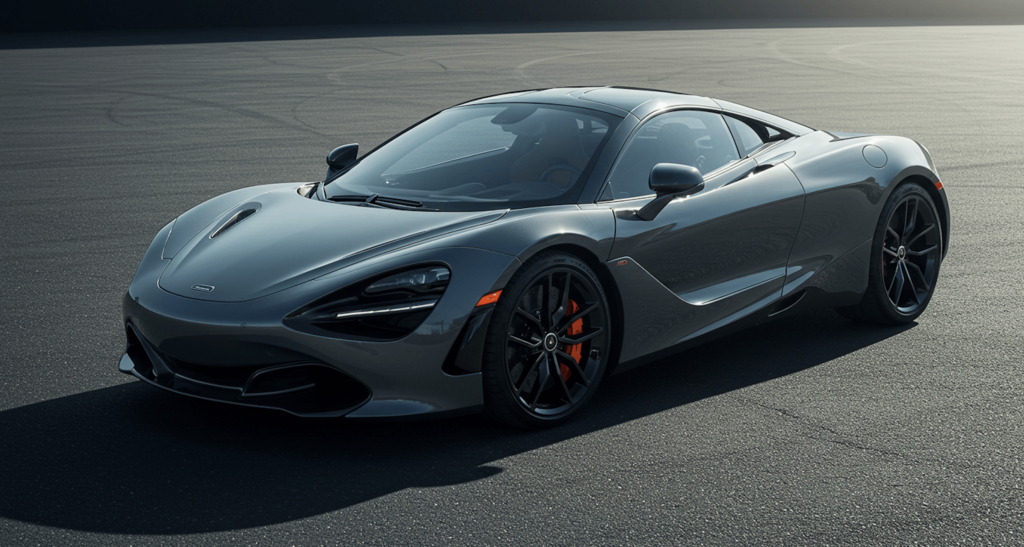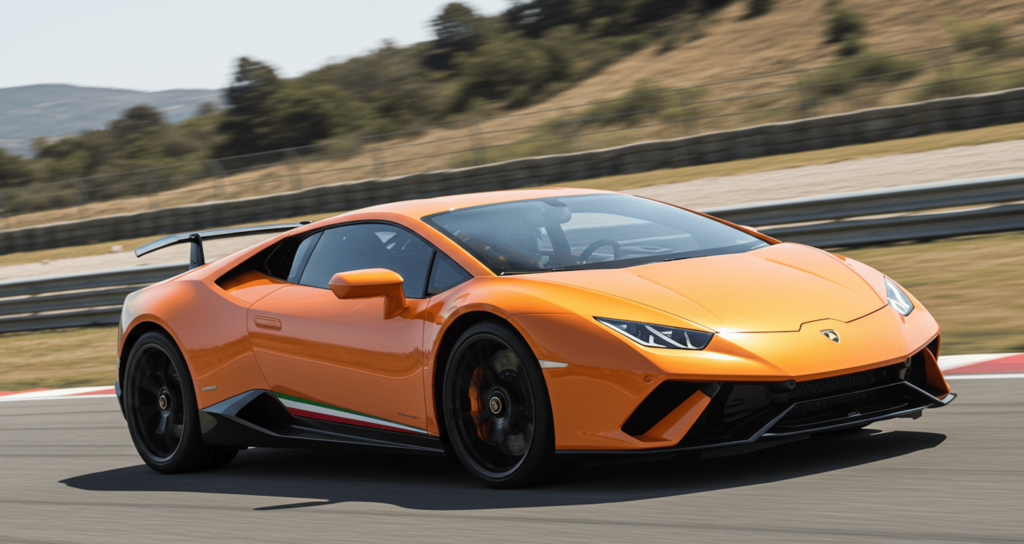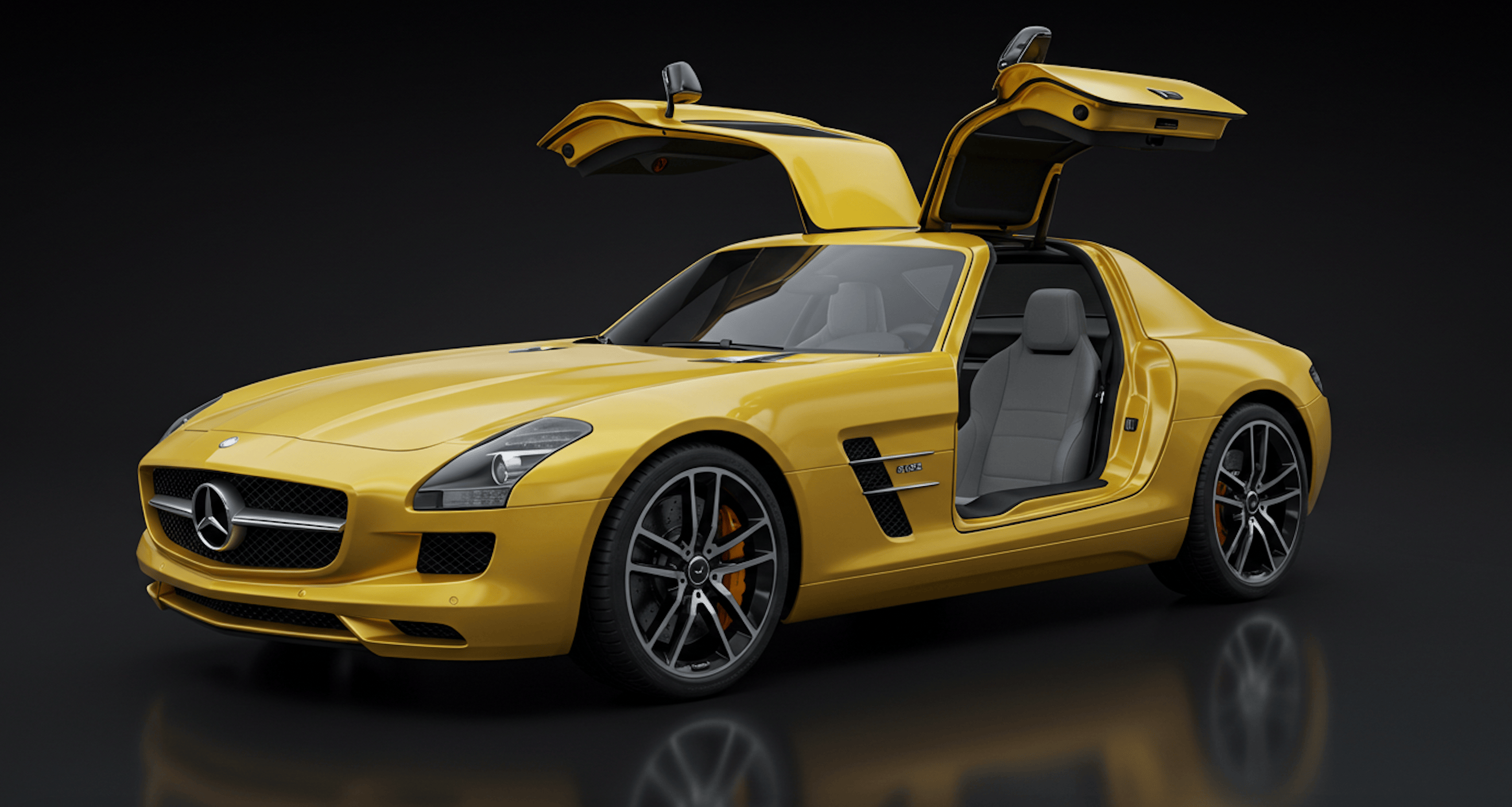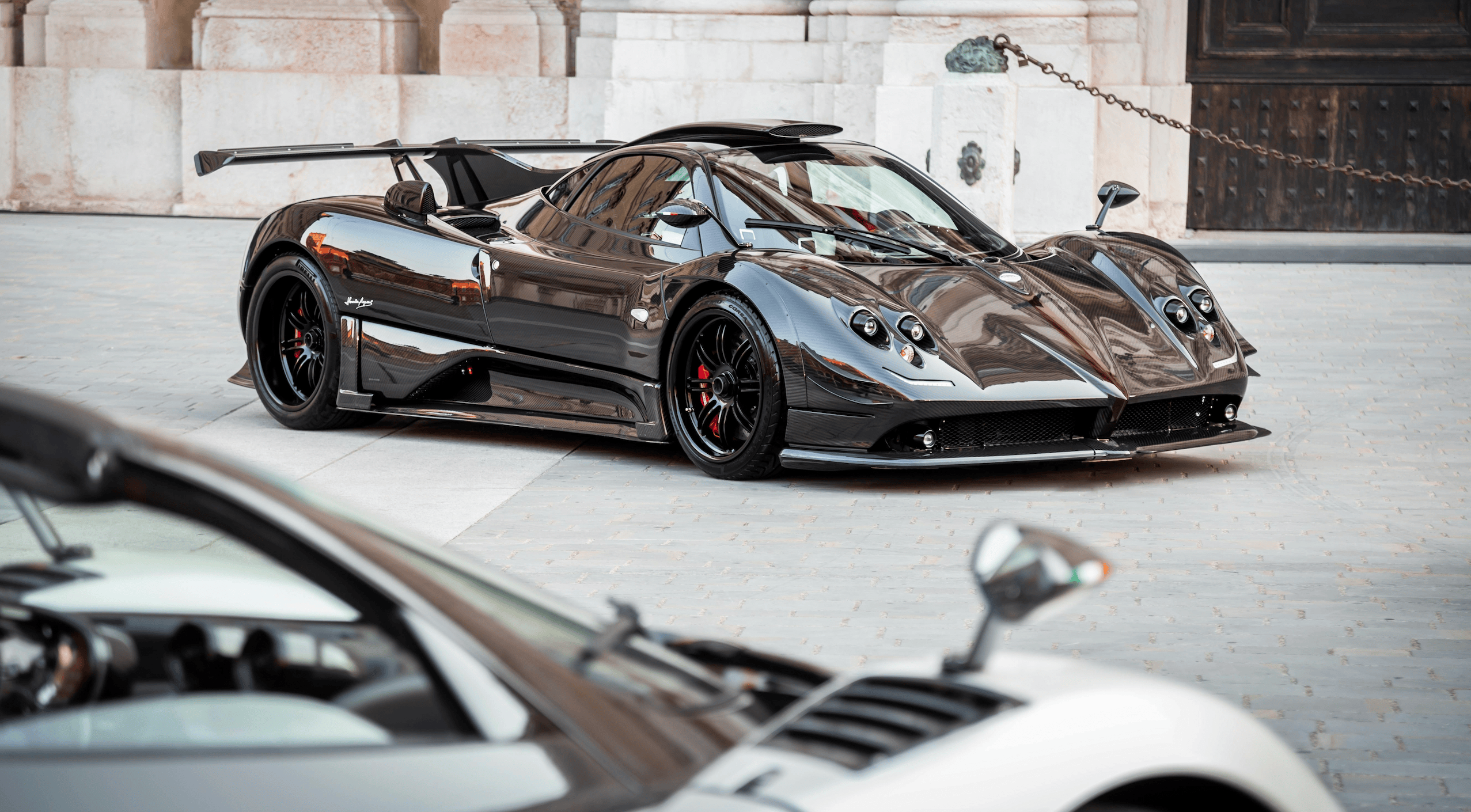In the world of luxury and exotic cars, the allure of breathtaking speed and unmatched handling is often accompanied by something less immediately visible—aerodynamics. Though these vehicles may captivate with their sleek designs and stunning visuals, it’s the invisible science of aerodynamics that truly enhances their performance on the road and track. From boosting speed to improving stability and fuel efficiency, the role of aerodynamics is paramount in shaping the driving experience of some of the most extraordinary cars on the planet.
In this edition of our newsletter, we explore the fascinating ways that aerodynamics influences the design and performance of luxury and exotic cars. From active spoilers to diffusers and ground effects, these features not only improve speed but also contribute to a sense of harmony where form follows function.
Aerodynamics: The Invisible Engine of Performance
At its core, aerodynamics is the study of how air interacts with a moving vehicle. For luxury and exotic cars, the goal is to reduce drag (resistance from the air) while enhancing downforce (the force that presses the car onto the road, improving traction). But aerodynamics isn’t just about reducing air resistance—it’s about carefully designing a car to maximize efficiency, enhance speed, and maintain stability at high velocities.
Key Aerodynamic Principles in Exotic Cars
- Drag Reduction: Reducing drag is essential for improving top speed and fuel efficiency. The smoother the airflow over the car, the less energy is required to push it forward, resulting in higher performance. Features like low front profiles, smooth underbodies, and curved body panels help achieve this goal.
- Downforce: Downforce keeps the car’s tires planted on the road, especially at high speeds, ensuring better traction and stability. This is crucial for maintaining control through sharp corners and at high speeds. A car with high downforce will feel planted and more responsive, especially in track conditions.
- Cooling: Aerodynamics also plays a critical role in cooling the car’s components, particularly the engine and brakes, by directing airflow toward heat-sensitive areas. This reduces the risk of overheating and ensures consistent performance, particularly in high-performance situations.
The Role of Aerodynamics in Luxury and Exotic Cars
Exotic and luxury manufacturers pay exceptional attention to aerodynamic design to enhance the performance of their vehicles. These cars are not only about stunning aesthetics—they are precision-engineered to achieve the perfect balance of beauty and function. Let’s take a closer look at some of the aerodynamic innovations from brands like Ferrari, McLaren, and Porsche.
Ferrari: Perfecting Flow with Active Aerodynamics
Ferrari has long been synonymous with cutting-edge engineering and performance, and their aerodynamic features reflect this commitment to excellence.
- Ferrari 812 Superfast: Features sophisticated active aerodynamic elements that adjust to optimize airflow and increase downforce during high-speed driving. These play a crucial role in maintaining stability and enhancing cornering capabilities. Specifically, the 812 Superfast has front flaps that adjust to improve performance, particularly during aggressive driving and a fixed rear spoiler that contributes to downforce.
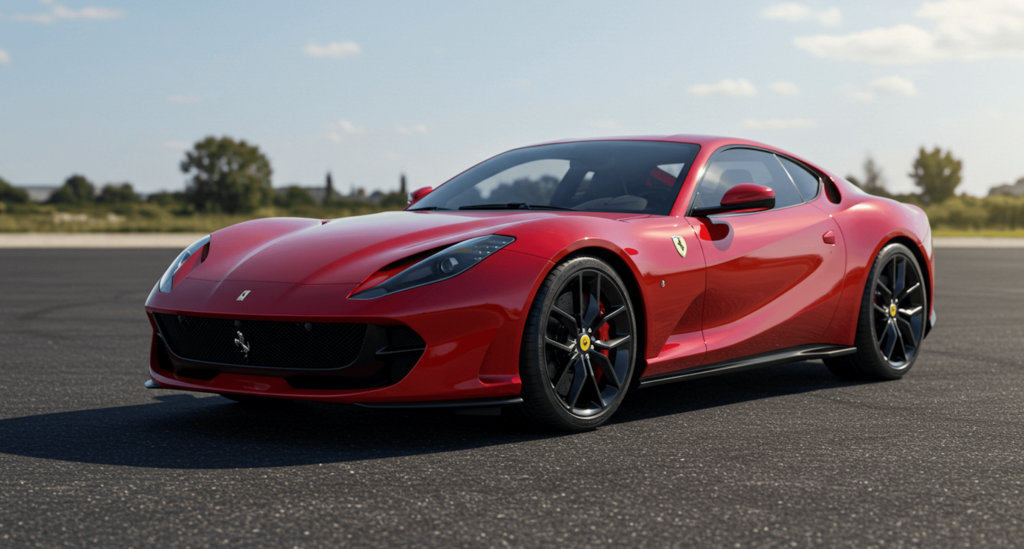
- Ferrari LaFerrari: In Ferrari’s, the LaFerrari, aerodynamics is taken to a whole new level. The LaFerrari features active flaps and a variable rear spoiler, which adjusts automatically depending on the driving conditions. At high speeds, these components increase downforce and improve the car’s cornering ability. Additionally, the carbon-fiber body panels are not just lightweight but optimized for airflow, reducing drag while enhancing downforce.
McLaren: Cutting-Edge Efficiency and Downforce
McLaren is another manufacturer known for pushing the boundaries of aerodynamics, integrating advanced systems into their cars that not only boost performance but also ensure high levels of efficiency and stability.
- McLaren P1: The McLaren P1, a hybrid hypercar, is an excellent example of aerodynamics at the forefront. It features active aerodynamics with a rear spoiler that adjusts its position based on speed. At low speeds, it sits flat to minimize drag, but as speed increases, it tilts upwards to generate more downforce. The front flaps and diffusers also adjust dynamically to optimize airflow, keeping the car stable at extremely high speeds while enhancing braking efficiency.

- McLaren 720S: The McLaren 720S incorporates aerodynamic efficiency into its design with a smooth, sculpted body that guides airflow precisely over the car’s surfaces. Additionally, it features front and rear diffusers that help manage airflow under the car, reducing drag and improving downforce. The use of carbon fiber not only lightens the car but helps optimize its aerodynamic properties.
Porsche: Precision and Stability in Every Curve
Porsche’s commitment to precision engineering is reflected in the aerodynamic designs of their cars, which are optimized for both track performance and everyday driving.
- Porsche 911 Turbo: The Porsche 911 Turbo features active aerodynamics in its rear spoiler, which adjusts depending on speed and driving conditions. At higher speeds, the spoiler extends to generate more downforce, improving stability during cornering. At lower speeds, the spoiler retracts to reduce drag and improve fuel efficiency.

- Porsche 918 Spyder: As a hybrid supercar, the Porsche 918 Spyder takes aerodynamics seriously with adaptive aerodynamics. It includes active front flaps and a variable rear spoiler, both of which adjust to optimize airflow at different speeds. Porsche engineers also focus on underbody aerodynamics, using smooth, flat undertray to guide air beneath the car and reduce turbulence, ultimately enhancing fuel efficiency and performance.
Lamborghini: Sculpted for Speed, Engineered for Air
Lamborghini cars are renowned for their aggressive styling, which often incorporates advanced aerodynamic principles.
- Lamborghini Aventador SVJ: This model features Aerodinamica Lamborghini Attiva (ALA) 2.0, an active aerodynamic system that constantly adjusts flaps in the front spoiler and engine hood to optimize downforce and reduces drag in real-time. It can also create aero-vectoring, pushing down on the inner wheel during cornering to improve stability.

- Lamborghini Huracán Performante: This car was one of the first to implement the active ALA system, allowing for individual control of aerodynamic elements to maximize cornering performance and straight-line speed.
Form Follows Function: The Art of Aerodynamic Design
When we look at these cars, it’s clear that form follows function in the truest sense. While the design of these vehicles may appear visually stunning, every curve, vent, and spoiler is there for a reason—primarily to improve aerodynamic efficiency and performance.
Take, for example, the curved, flowing lines of the McLaren 720S or the sharp, purposeful air vents on the Ferrari 488 GTB. These are not just aesthetic flourishes; they are strategically placed to manage airflow, reduce drag, and increase downforce. In the same way, diffusers and spoilers may seem like bold design elements, but they are carefully engineered to enhance stability at high speeds by directing air in specific ways.
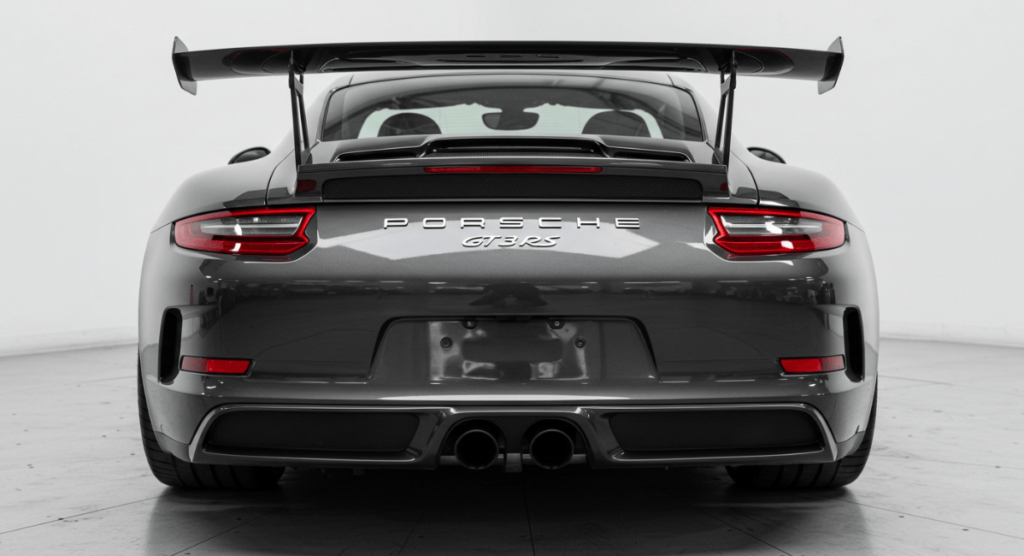
The Future of Aerodynamics in Exotic Cars
As technology continues to evolve, we can expect even more sophisticated aerodynamic solutions in the luxury and exotic car markets. With the rise of electric hypercars like the Rimac Nevera and Lotus Evija, aerodynamics will play an even more crucial role in enhancing range, performance, and efficiency.
Additionally, active aerodynamics will likely become even more advanced, with components that can not only adjust to speed but also respond to cornering forces, braking, and even weather conditions. This will ensure that luxury and exotic cars are not only faster and more stable but also smarter in how they interact with the environment.
The Invisible Art of Speed
Aerodynamics is an invisible art that shapes the very essence of high-performance vehicles. From active spoilers to advanced diffusers, the cutting-edge aerodynamic features found in luxury and exotic cars not only enhance performance but also ensure these machines are as functional as they are beautiful. Whether it’s achieving maximum speed, maintaining stability in high-speed corners, or simply improving fuel efficiency, aerodynamics plays a pivotal role in the driving experience of these elite vehicles.
We hope you’ve enjoyed this deep dive into the world of aerodynamics and how it shapes the performance of luxury and exotic cars. The next time you see a Ferrari, McLaren, or Porsche, take a moment to appreciate the engineering behind every curve and vent—these design features are not just for looks, but for enhancing the speed, stability, and efficiency of these extraordinary machines.
If you’re considering selling your high-performance vehicle or are looking to upgrade to the next level of automotive excellence, We Buy Exotics is your trusted partner. With over 20 years of experience in the luxury and exotic car market, we offer quick, hassle-free evaluations and the best prices for your car.
Trust the Experts. Sell Your Exotic Car with We Buy Exotics.

 WHY US
WHY US
 SELL YOUR CAR
SELL YOUR CAR
 TESTIMONIALS
TESTIMONIALS
 FAQ
FAQ
 CONTACT US
CONTACT US






